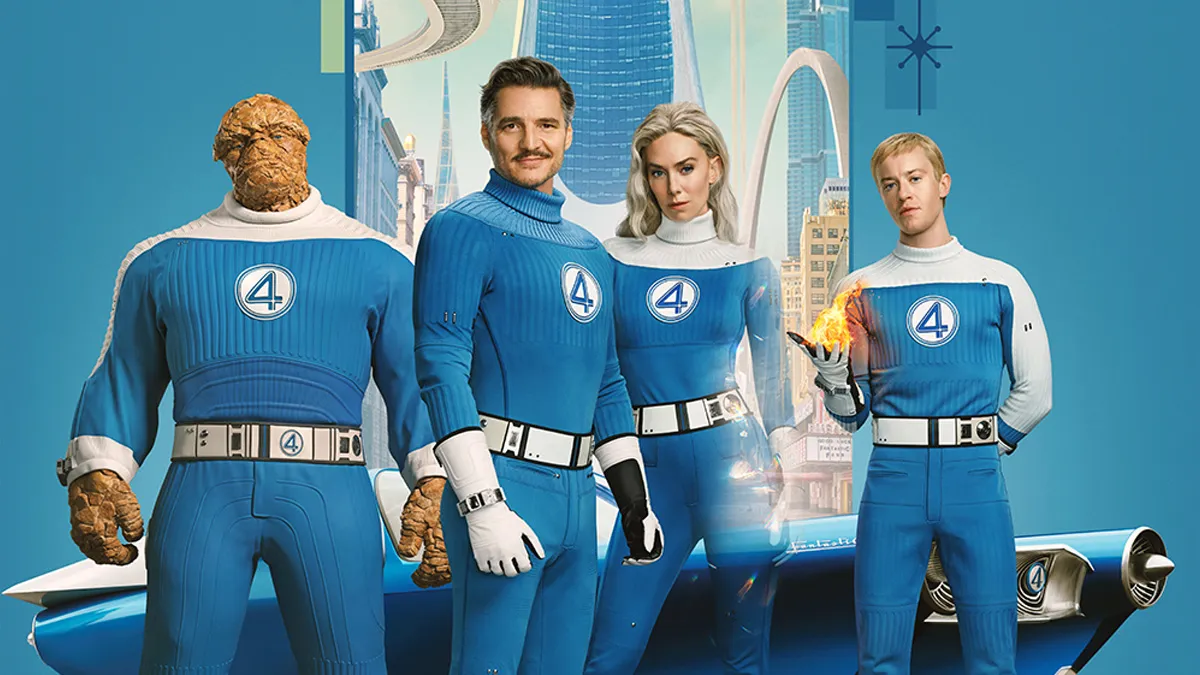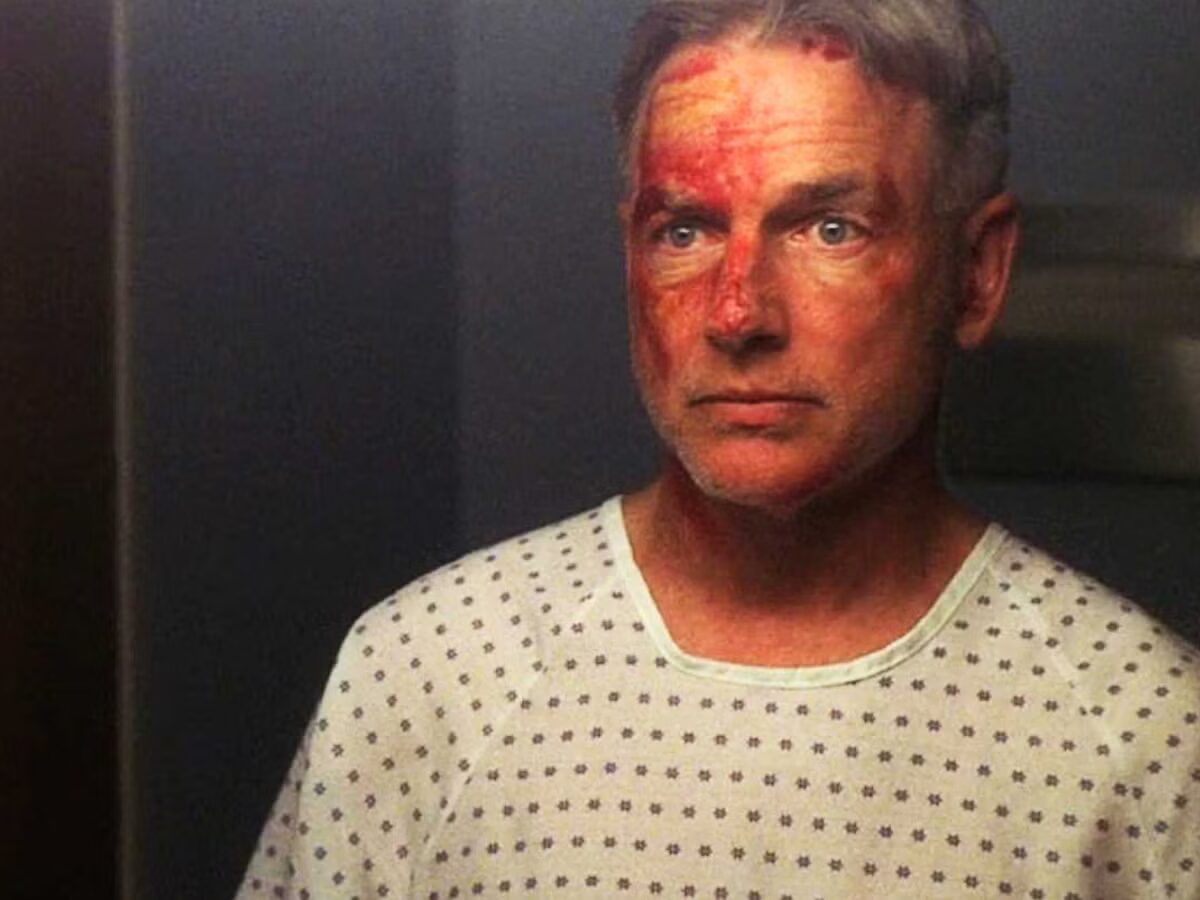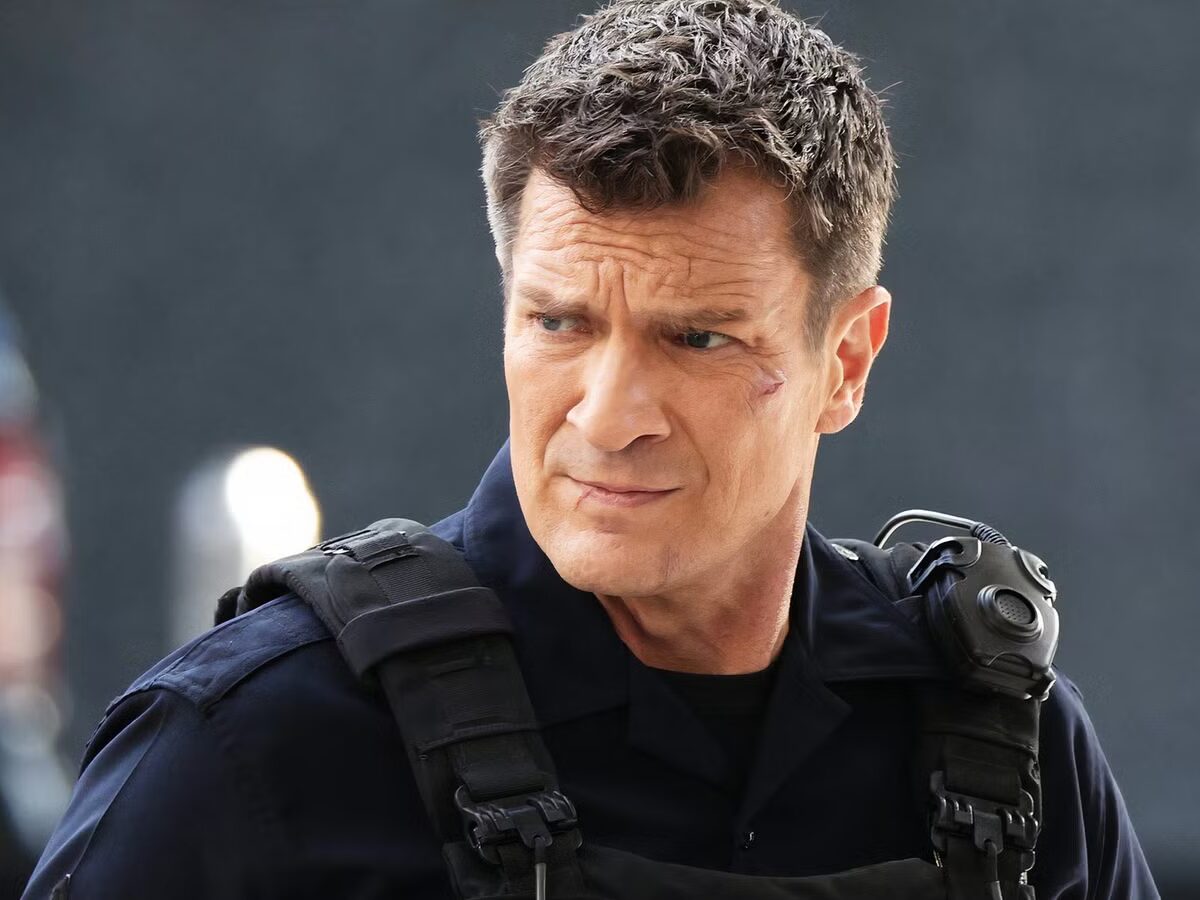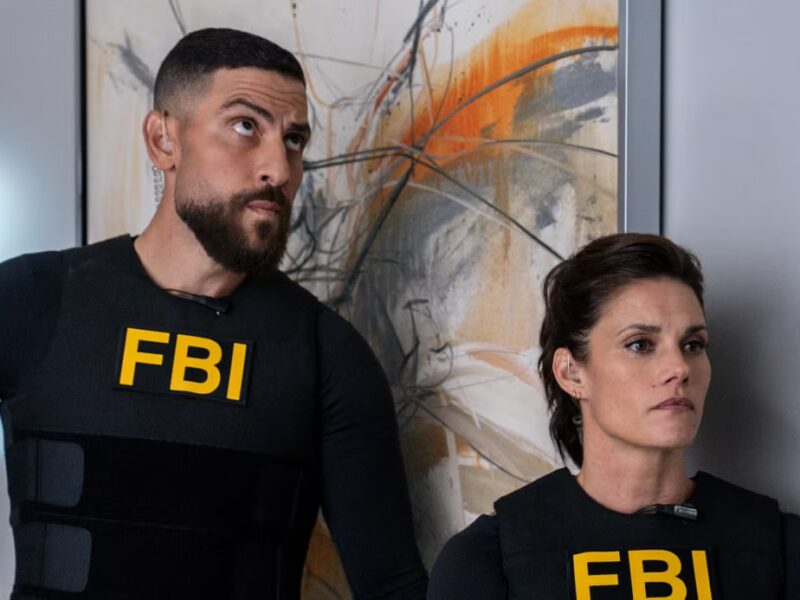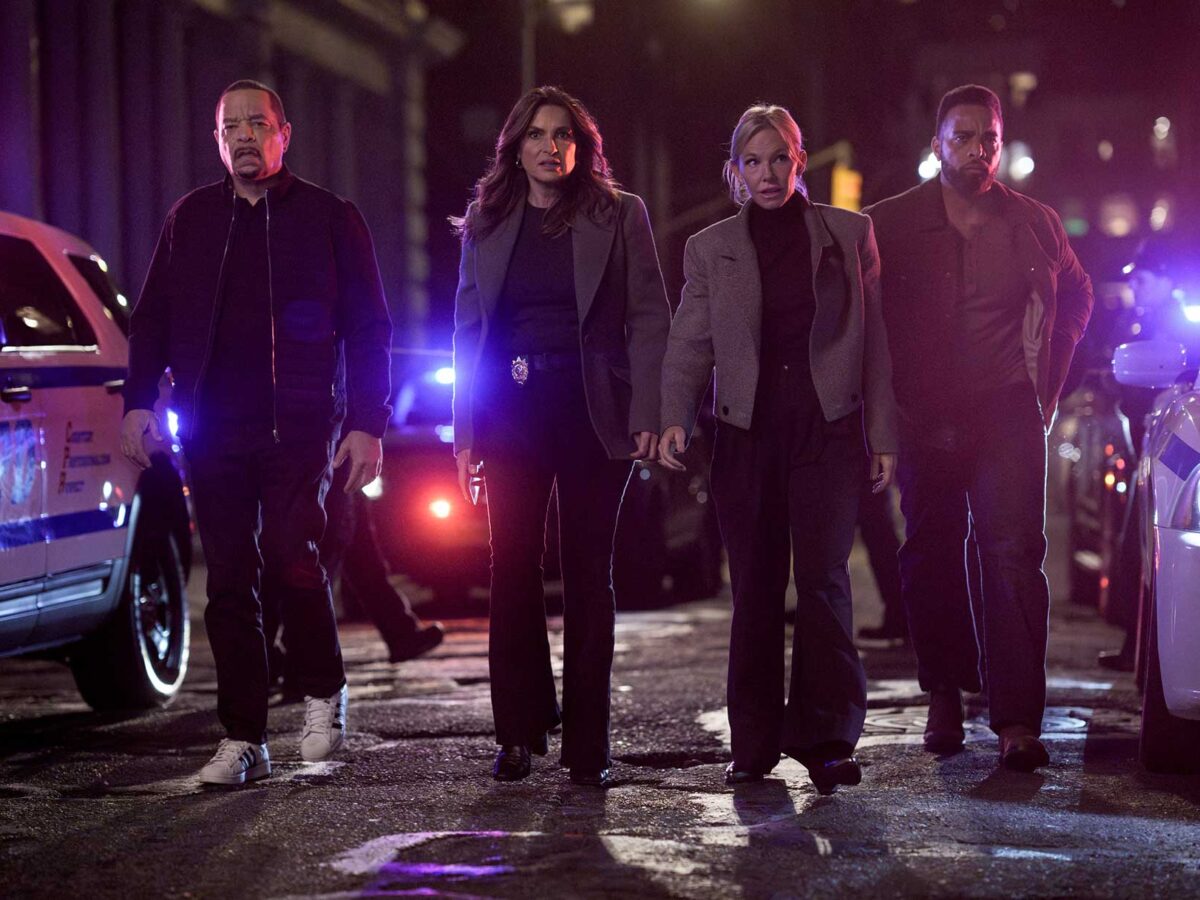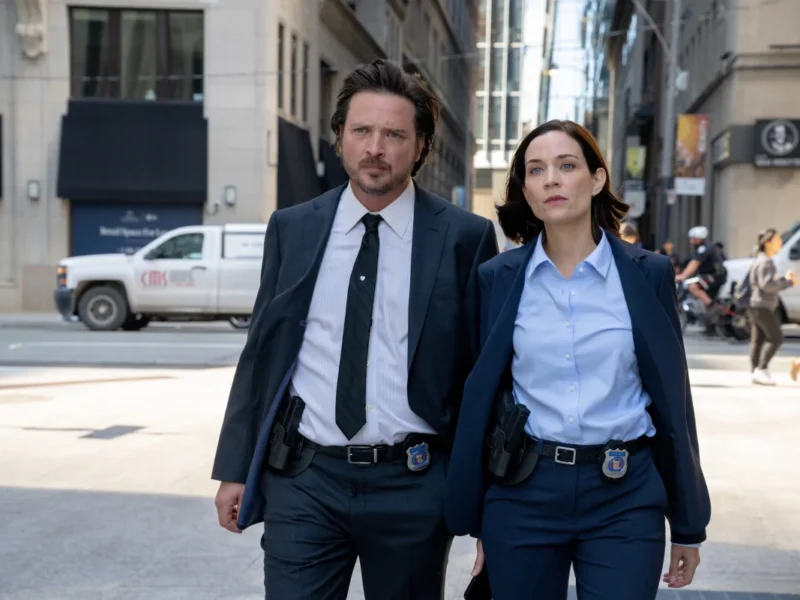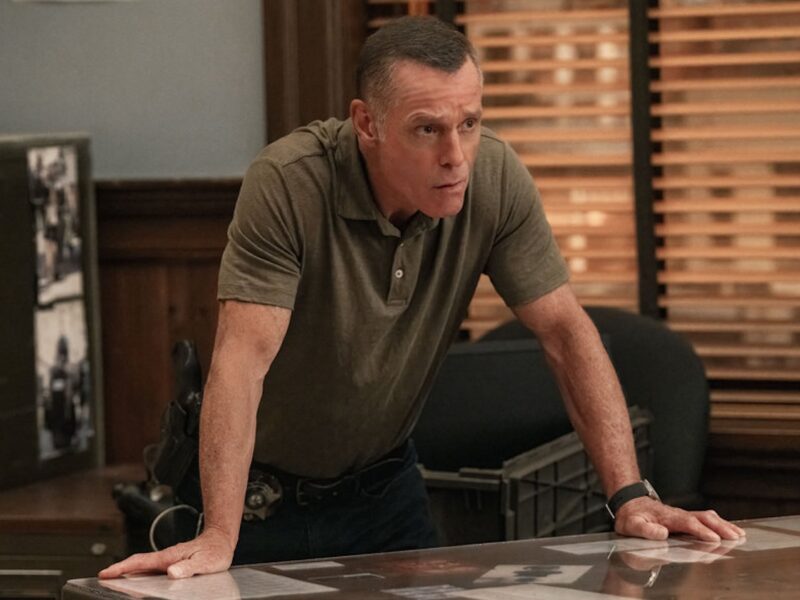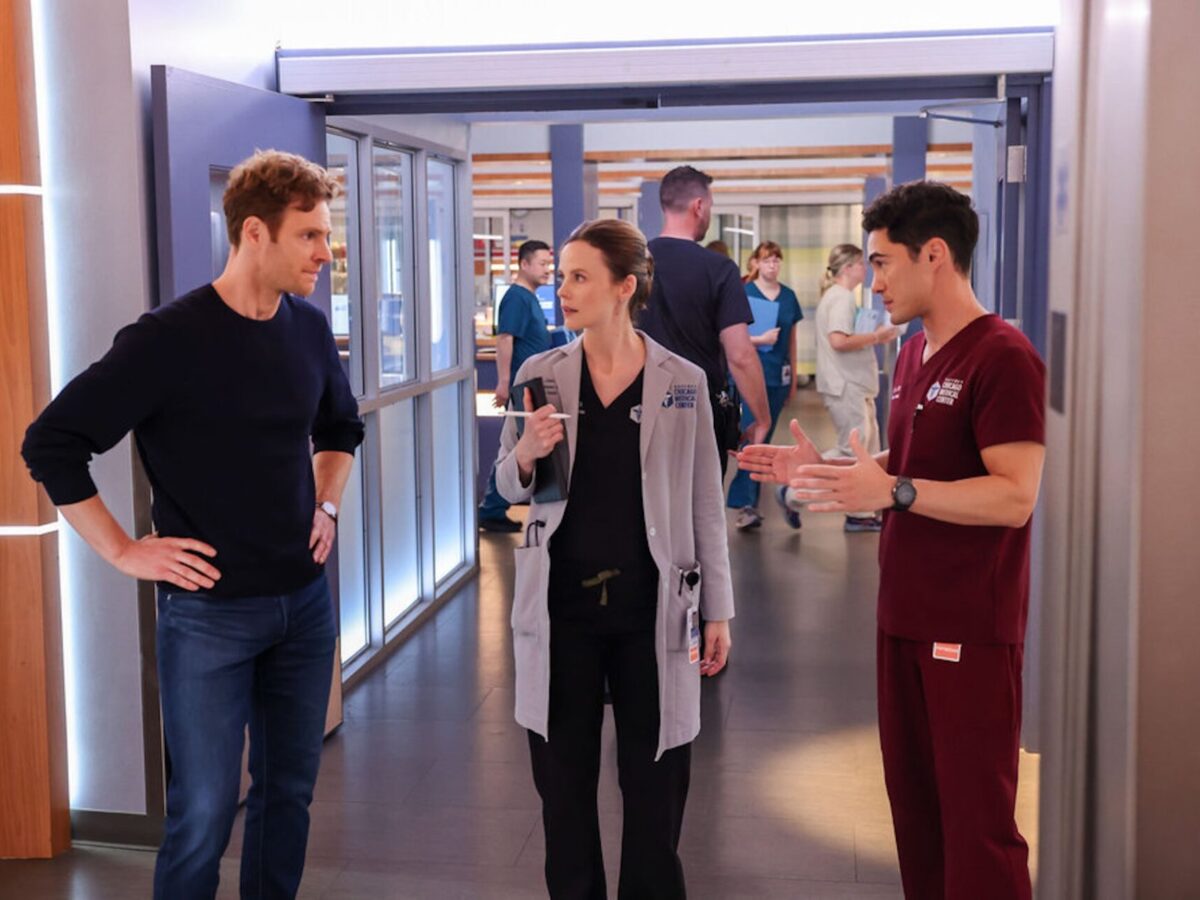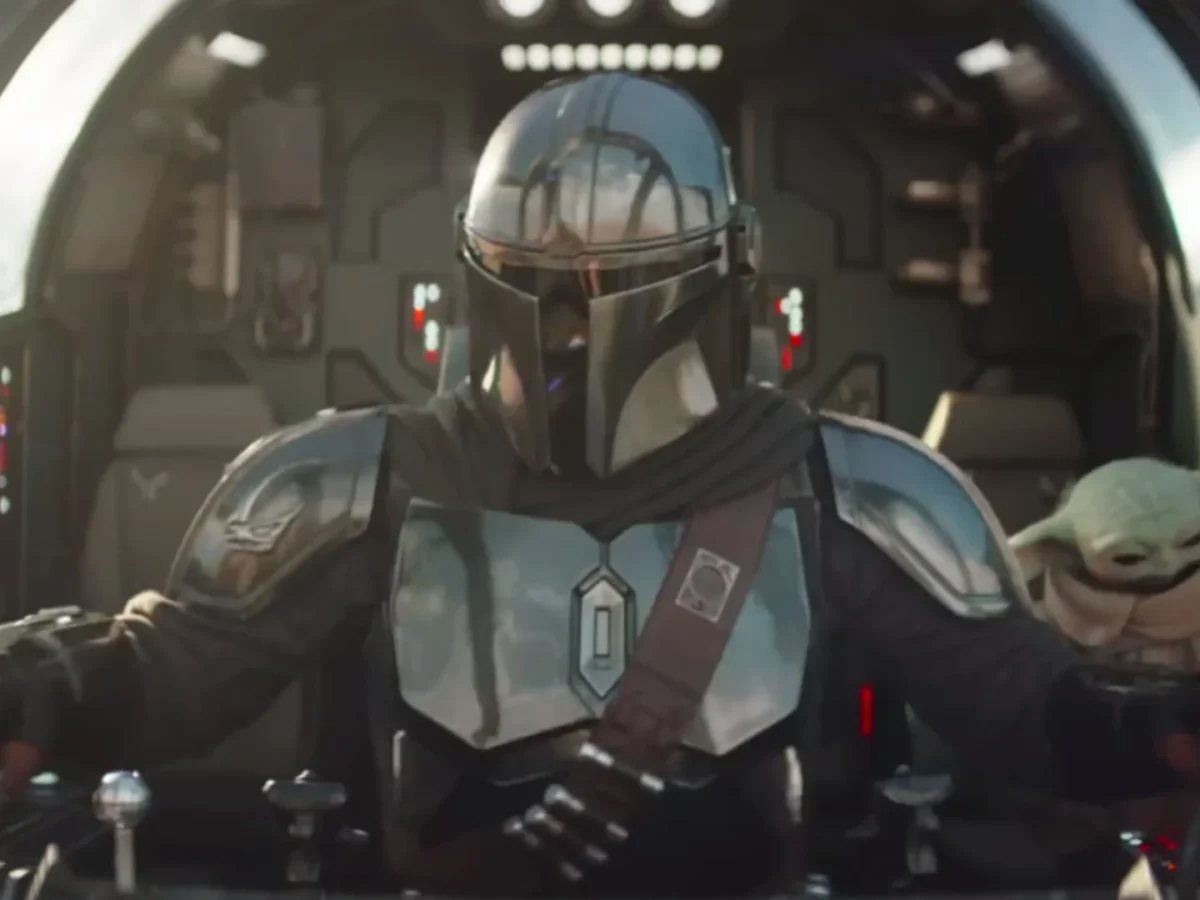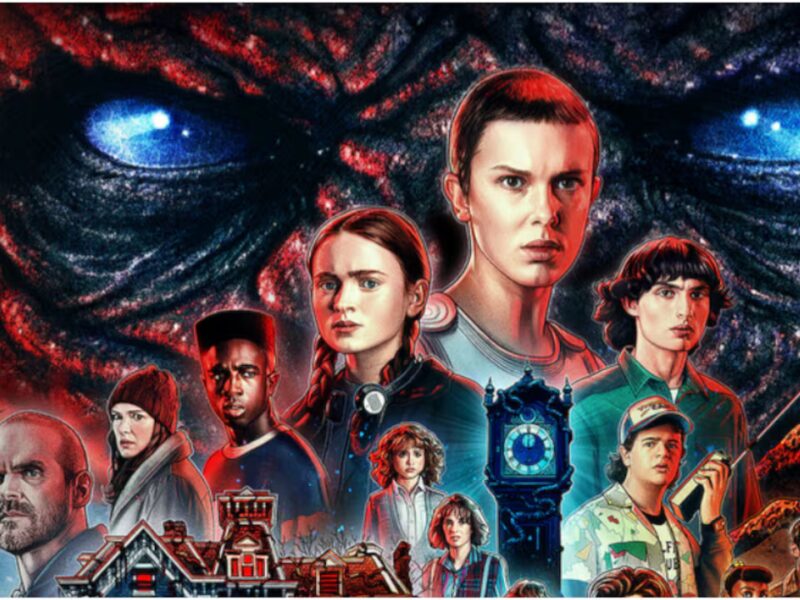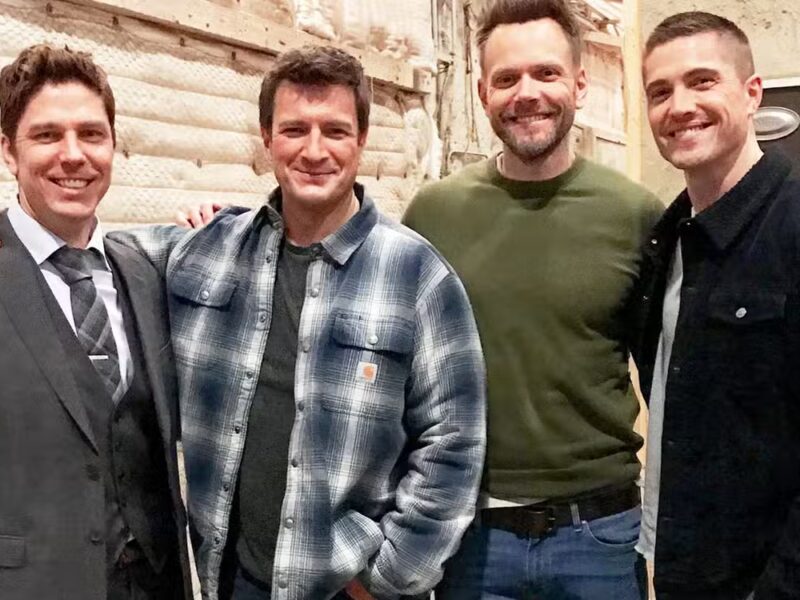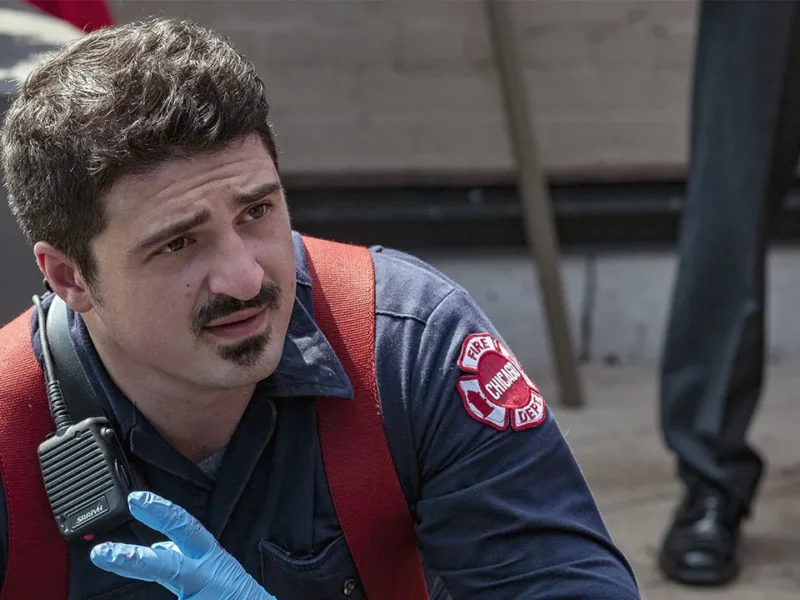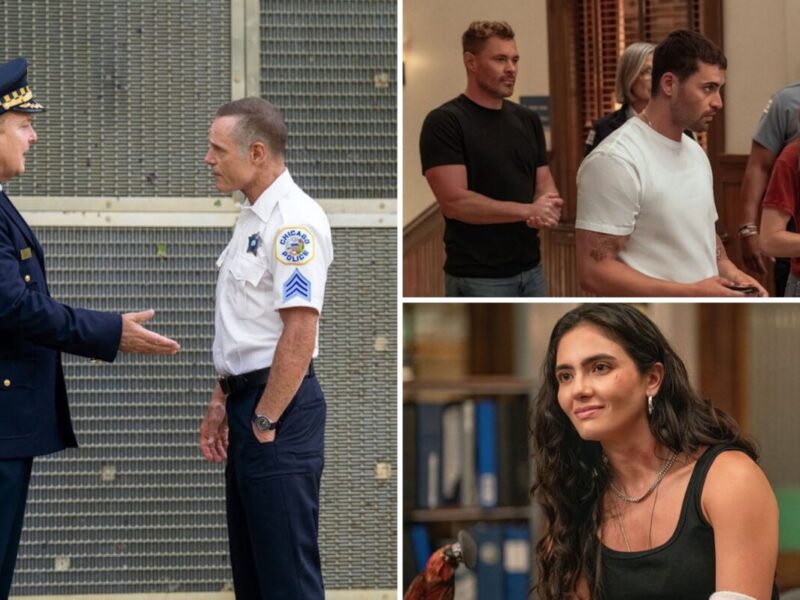A Vibrant 1960s Marvel Universe Hits the Big Screen
Marvel Studios’ Fantastic Four: First Steps has landed in Latin American theaters, dazzling audiences with a bold visual concept. Set in a meticulously crafted retro-futuristic world inspired by the 1960s, the film showcases unique locations, costumes, and designs that merge art, technology, and fantasy. The creative team has reimagined Marvel’s First Family with an aesthetic that feels both nostalgic and groundbreaking, setting a new visual benchmark for the Marvel Cinematic Universe (MCU).
In newly released behind-the-scenes footage, Pedro Pascal praises the attention to detail, noting, “A lot of care went into the look of the film. That aesthetic really inspired a rich way of representing these characters.” From elaborate set pieces to wardrobe secrets, the production is a feast for the senses. Here are eight fascinating facts from behind the scenes of Fantastic Four: First Steps.
How did WandaVision’s director shape the Fantastic Four’s new journey?
Matt Shakman, celebrated for directing the acclaimed WandaVision series, brought his unique vision to the project. Like this film, WandaVision embraced a retro style and put family at the heart of the story. Executive producer Grant Curtis says Shakman’s talent for blending grounded storytelling with spectacle made him the perfect fit. A lifelong fan of the Fantastic Four comics, Shakman drew on his deep connection to the source material, channeling childhood memories of weekly trips to the comic shop.
Iconic European landmarks transformed into Marvel sets
While over 30 sets were constructed at Pinewood Studios in London, the production also ventured to striking European locations. The futuristic Palacio de Exposiciones y Congresos in Oviedo, Spain — designed by Santiago Calatrava — became the grand lobby of the fictional Future Foundation. Additional scenes were filmed in a former Derbyshire mine and at various London spots. Sandys Row Synagogue stood in for Ben Grimm’s Yancy Street synagogue, while Catherine Wheel Alley provided the backdrop for his encounter with H.E.R.B.I.E., the humanoid robot who joins the Fantastic Four.
How real science inspired a fictional spacecraft
The Excelsior, the team’s iconic spaceship, blends comic-book inspiration with genuine 1960s space technology. The production consulted NASA astronaut Rick Mastracchio to ensure realistic details, from velcro strips to zero-gravity handholds. Measuring 25 meters, the set was built in 12 weeks and meticulously outfitted over three more. Fun fact: the ship’s central ceiling panel was inspired by the TWA Hotel lobby at JFK Airport in New York.
Bringing H.E.R.B.I.E. to life
Almost all of H.E.R.B.I.E.’s on-screen actions were performed physically rather than digitally. The nearly one-meter-tall robot, built from 3D-printed resin, acrylic, and aluminum, was controlled by five operators managing its head, arms, and movement. A simpler version was also created for tight-set scenes.
Designing Reed’s mid-century modern penthouse
The Reed family penthouse in Manhattan draws heavily from mid-century American modernism and futurism, influenced by architects like Eero Saarinen and Oscar Niemeyer. Designer Kasra Farahani incorporated natural materials — wood, slate, and ferns — to create warmth. Hidden easter eggs in the set decoration nod to the cast’s past roles, such as books referencing Pedro Pascal’s Gladiator II character and Vanessa Kirby’s portrayal of Princess Margaret in The Crown.
A soundtrack recorded at Abbey Road
Oscar-winning composer Michael Giacchino infused the score with vintage synthesizers, bold percussion, and brass textures to evoke the optimism of the space age. The incidental music was recorded at London’s legendary Abbey Road Studios with a 101-piece orchestra and a 100-voice choir.
Retro visual effects for Sue Storm’s powers
Sue Storm’s force fields and invisibility were crafted with a retro flair, inspired by the optical effects of the 1960s and 70s. Techniques like chromatic aberration and prismatic refractions were combined with modern technology to deliver a sophisticated yet nostalgic look.
The quest for the perfect shade of blue
Costume designer Alexandra Byrne oversaw an extensive process to find the ideal color for the team’s suits. Early versions were modeled on NASA’s Gemini and Mercury programs, while later designs reflected Reed’s advanced technology. After testing hundreds of tones under various lighting conditions, “Blue No. 9” emerged as the definitive shade.
Fantastic Four: First Steps is now playing in theaters, ushering in a new era for Marvel’s First Family — one filled with heart, style, and adventure.

